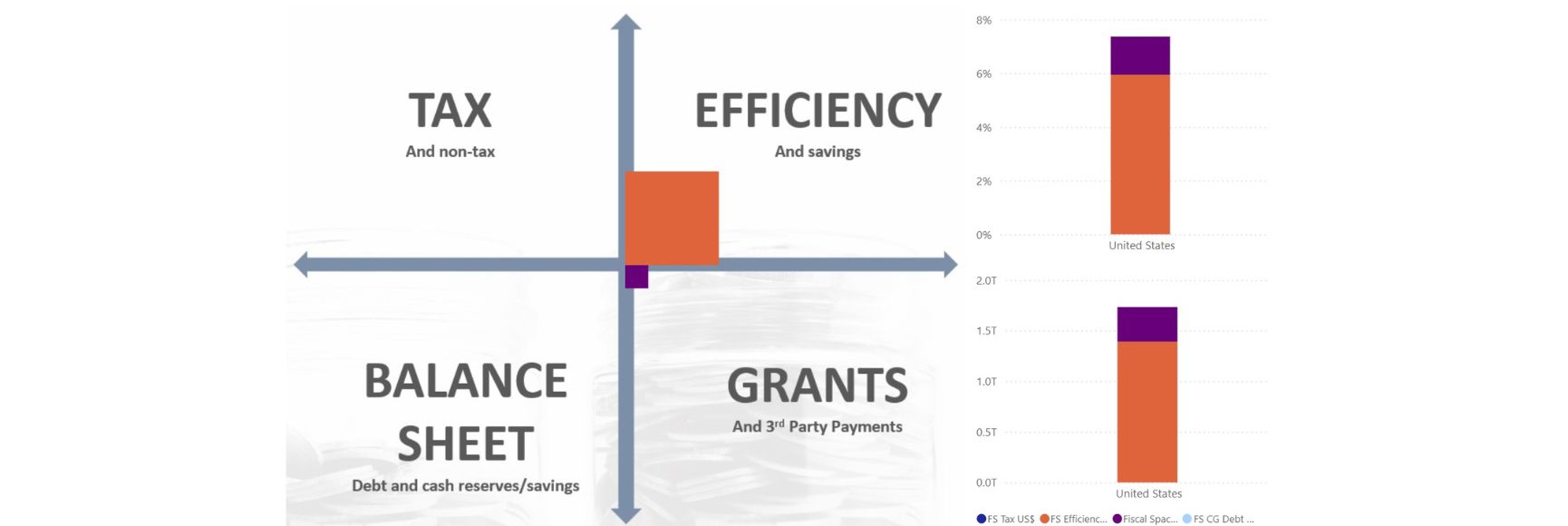Posted by Richard Allen[1]
Between 1996 and 2008, Ethiopia undertook a comprehensive reform of its core financial systems, and successfully transformed itself in to one of the fastest growing economies in Africa. Since then, according to a recently published book[2] by Stephen B. Peterson, reforms have stood still or even moved backwards. Peterson provides a valuable case study of a reform experiment in which—as a USAID consultant working for the government on the Decentralization Support Activity (DSA) project—he was intimately involved.
The book has many important things to say, especially about the huge institutional challenges of reform in developing countries. A key finding is that reforms take a long time, at least 12-15 years, and basic systems (of what Peterson calls “public financial administration”, PFA) must be introduced before moving on to more sophisticated systems. But the volume also contains some serious flaws.
First, Peterson draws the following distinction between PFA and the more familiar concept of PFM:
“Governments must first have financial administration before attempting financial management. Financial administration is compliance, external control, and ensuring stewardship of public money. Financial management is about establishing internal control, and promoting discretion to achieve policy.”
But this definition is muddled, and not much use operationally. The concept of “control”, internal or external, used by Peterson is blurry and inconsistent with the more familiar definitions. Peterson seems to be groping for an idea of reform that encapsulates Allen Schick’s concept of “basics”, which has value in sequencing reforms, but also some limitations.
Second, Peterson notes that he was “consultant, implementer, participant and ultimately, evaluator of [the DSA’s] successes and failures.” These roles, however, conflict with each other, and are unlikely to result in impartial analysis. Peterson, for example, is abundant in his praise of the successes of the DSA, and highly critical of the failure of subsequent reforms (led by the IMF and World Bank). Most of the evidence he presents, however, is anecdotal and based on personal judgment. His assessment of the successes and failures of the Ethiopian experiment should be taken with a large pinch of salt.
Third, the book makes intemperate and frequently personal attacks on the institutions (notably the IMF) and individuals who attempted to “meddle” (Peterson’s term) with the 1996-2008 reforms, and took charge of later reforms. Such attacks, against which the individuals concerned seem not to have been given any right of response, are out of order. They severely weaken both the balance and credibility of Peterson’s analysis.
Despite these failings, the book has considerable merit. In particular, Peterson is excellent in explaining how a deep understanding of local context and political economy factors is essential if reforms are to be well designed and effectively implemented. A central component of the reform was political and financial decentralization, in which the regions and local government units (weredas) played an important role. By contrast, the ministry of finance, later the ministry of finance and economic development, was a relatively minor player, frequently ignored by the rest of government. The absence of a permanent secretary at the finance ministry exacerbated this weakness. As a result, the PFM reforms were largely headless.
Financial administration was heavily fragmented (“between tiers, within tiers, and within the agencies of each tier”) which posed a formidable challenge to the reform. Peterson describes the organizational culture in Ethiopia as “inertia without accountability”. The leadership style was “deeply conservative, resistant to change, risk averse, extremely hierarchical, preoccupied with concerns about security, and in need of far-reaching reform”.
The book focuses on four core areas of reform—budgeting, accounting (the “jewel in the crown” of the reforms), financial information systems (FIS), and national development planning—with a chapter devoted to each.
In his excellent discussion of budgeting, Peterson underlines the virtues for a country with weak governance and limited capacity of the seminal ideas developed in the 1970s by Aaron Wildavsky and, much earlier, by V.O. Key. The basic elements are that the budget should appropriate funds, be comprehensive, cash based, incremental, and annual, and be based on the line item. The benefits of this “toned-up, traditional, line item, incremental budget” in Ethiopia were to align function and form and gain control of cash, while also being transparent. Peterson is highly critical of the IMF’s alleged “obsession” with performance-program budgeting. In his view, this attempt to control outputs and outcomes in Ethiopia was impossible because the government had failed to exert proper control over the cost of its inputs.
Peterson includes some sharp comments on the “dangerous enthusiasms” of the promoters of IT solutions. In Ethiopia, FIS was “the tail that almost wagged the dog of the procedural reform to death”. The book is also good on the challenges of reforming Ethiopia’s planning system, which was a relative success in Ethiopia, unlike in neighboring Kenya, because “Ethiopia observed the hard budget constraint. They lived within their means and did not suffer from repetitive budgeting”. Although the public investment program (a prioritized list of capital investment projects) fell into disuse after several years, good progress was made with the development of the macroeconomic and fiscal framework, as with regional and local aspects of the planning framework. But much work remains to be done.
Peterson is bitter about the failure of Ethiopia to sustain the progress of reforms after 2008. Interventions by the World Bank and the IMF were a mixture of “magic bullets” and “shooting for the stars”, and more broadly he castigates the foreign aid-driven financial reforms in Ethiopia since 2008 for their “absurd scope, gold-plated budgets, and unrealistic schedules that are not met.” Few other targets escape Peterson’s wrath including the government itself, consultants, and the “silly but colorful theories” of certain academics. He bemoans the fact that so little learning takes place.
In a chapter on recreating the field of PFM for the 21st century, Peterson lays out a series of charges (many of which have merit). These allegations include that sophisticated financial techniques are not needed in developing countries, that the value of such techniques is unproven, that faulty premises underlie the “obsession” with sequencing, that reformers place too much reliance on international standards and make faulty assumptions regarding the government’s capacity for reform, that the limitations of PFM diagnostic tools are not recognized, and that governments are not sufficiently in charge of the PFM reform process.
Among Peterson’s more interesting proposals for future reformers is one to develop a metric that assesses the “overall risk of a financial system, regardless of the sources of funds, and that covers centralized as well as decentralized structures of government.” But many of his other recommendations seem surprisingly conventional when viewed against the fireworks contained in the earlier chapters.
Despite its flaws, this book should be read by researchers and policymakers concerned with public finance, development economics and African studies. It provides a fresh and challenging critique of the conventional wisdom on many aspects of PFM.
[1] Richard Allen is a Visiting Scholar with the International Monetary Fund, and a Senior Research Fellow of the Overseas Development Institute, London. The present article is a slightly abbreviated version of a book review to be published in 2016 by the International Public Management Review.
[2] Stephen B. Peterson, 2015, Public Finance and Economic Growth in Developing Countries: Lessons from Ethiopia’s Reforms. London and New York: Routledge.
Note: The posts on the IMF PFM Blog should not be reported as representing the views of the IMF. The views expressed are those of the authors and do not necessarily represent those of the IMF or IMF policy.






